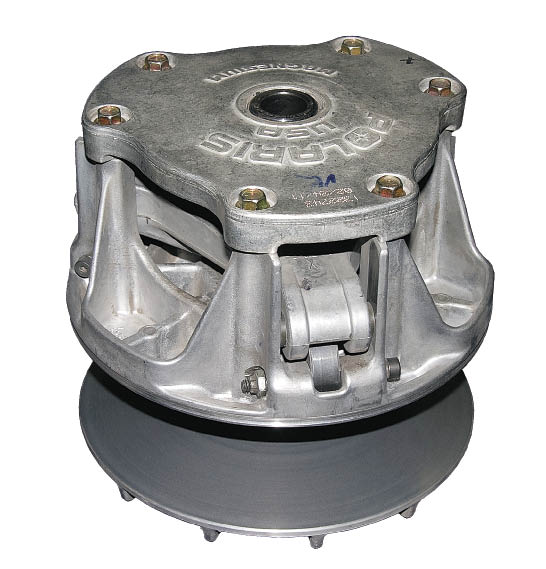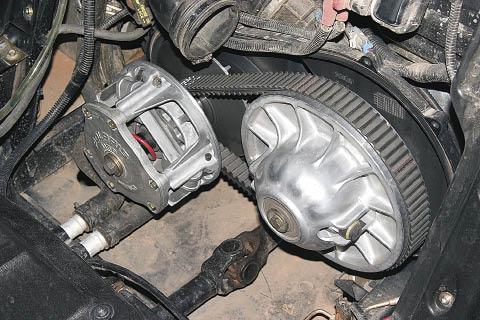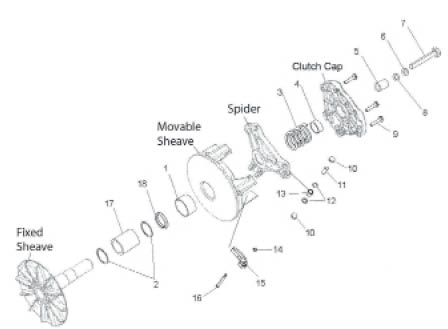 So Polaris introduced a new sport UTV in 2008, a vehicle concept that for all intents and purposes had never been mass produced. It was directed at the type of consumer who wanted to reach the backcountry on the trail, ride the sand dunes or drive down the dirt road to the nearest fishing hole. This new UTV was basically a do all type of rig.
So Polaris introduced a new sport UTV in 2008, a vehicle concept that for all intents and purposes had never been mass produced. It was directed at the type of consumer who wanted to reach the backcountry on the trail, ride the sand dunes or drive down the dirt road to the nearest fishing hole. This new UTV was basically a do all type of rig.
Polaris called it the RZR and the concept took off like a storm . not only because the RZR is so versatile, but because the RZR owner could enjoy it while sitting next to his or her companion.
This means the passenger doesn't have to be a skilled motorcycle rider or experienced on an ATV. The passenger can just relax, enjoy the scenery or even have a conversation with the driver. With a small amount of cargo space to carry a cooler, some supplies and the ability to license them on most county roads, the  RZR became so popular that it is a common vehicle for many people.
RZR became so popular that it is a common vehicle for many people.
Just like most toys we have in the modern age, the RZR can be modified to better suit our riding style or conditions. Of course, it's always nice when the modification helps the machine perform better and for many of us, this is a priority. The CVT (continuously variable transmission) drive system on the RZR is one area where you can see big performance gains with a few mods. By changing and maintaining the components inside the clutches, improved performance and drivability are pretty easy things to achieve. In fact, once you have experienced the  difference from just a few changes, you will wish you had made them long ago.
difference from just a few changes, you will wish you had made them long ago.

